

Vecteezy's AI Reverse Image Search is a powerful tool tailor-made for creative professionals seeking conceptually related, fully licensable images without the hassle of manual searching. With this innovative feature, users can effortlessly upload an image and promptly receive a curated selection of relevant visuals. Designed to alleviate the time and resource constraints commonly faced during image sourcing, Vecteezy's AI Reverse Image Search empowers users to quickly find the perfect images for their projects.
The Google Cloud Video Intelligence API is a cutting-edge tool that leverages artificial intelligence to analyze, track, and generate sentiment analysis for videos on YouTube and other platforms. It provides a comprehensive solution for businesses and content creators who want to better understand their audience and optimize their video strategy. With its advanced algorithms and powerful analytics capabilities, the Video Intelligence API promises to revolutionize the way we analyze and interpret video content, leading to more efficient and effective marketing campaigns and business strategies.
TensorFlow Lite is a cutting-edge deep learning framework specially designed for on-device inference. This open-source framework enables developers to create highly efficient and optimized machine learning models that can be deployed on mobile and embedded devices. With TensorFlow Lite, developers can leverage the power of machine learning capabilities on small devices such as smartphones, IoT devices, and other edge devices. TensorFlow Lite is built on top of Google's TensorFlow machine learning library, making it one of the most reliable and robust frameworks for on-device machine learning inference.
Kairos Facial Recognition API is a powerful tool designed to detect, analyze and compare human faces in images. This innovative technology uses advanced algorithms to identify unique facial features and match them against a database of known faces. With its high accuracy and speed, the Kairos Facial Recognition API has become an essential tool for security, identification, and marketing purposes. Whether it's for facial authentication, emotion analysis, or age estimation, this API provides reliable and efficient solutions for a wide range of industries. In this article, we explore the features and benefits of the Kairos Facial Recognition API and how it can revolutionize the way we interact with technology.
The SenseTime Lab is a leading AI software that has revolutionized the field of facial recognition, object tracking, and more. This advanced technology has been designed to enhance security, improve surveillance systems, and streamline various industries. With its cutting-edge features and unparalleled accuracy, SenseTime Lab has become a go-to solution for businesses and organizations worldwide. In this article, we will delve into the world of SenseTime Lab, explore its functionalities, and discover how it has transformed the way we interact with technology.
Salesforce Einstein Vision is a cutting-edge AI-driven image recognition and recognition platform that offers businesses the opportunity to extract insights from visual data. This platform allows users to train models using labeled images, enabling them to recognize specific objects or concepts in images, and classify them accordingly. With this technology, businesses can automate image recognition processes, improve customer experiences, and streamline operations. By leveraging machine learning algorithms, Salesforce Einstein Vision provides highly accurate results, making it an indispensable tool for businesses looking to enhance their decision-making process.

Copy.ai
Copy.ai: Write better marketing copy and content with AI

Caktus
AI solutions for students to write essays, discuss questions, general coding help and professional job application help.
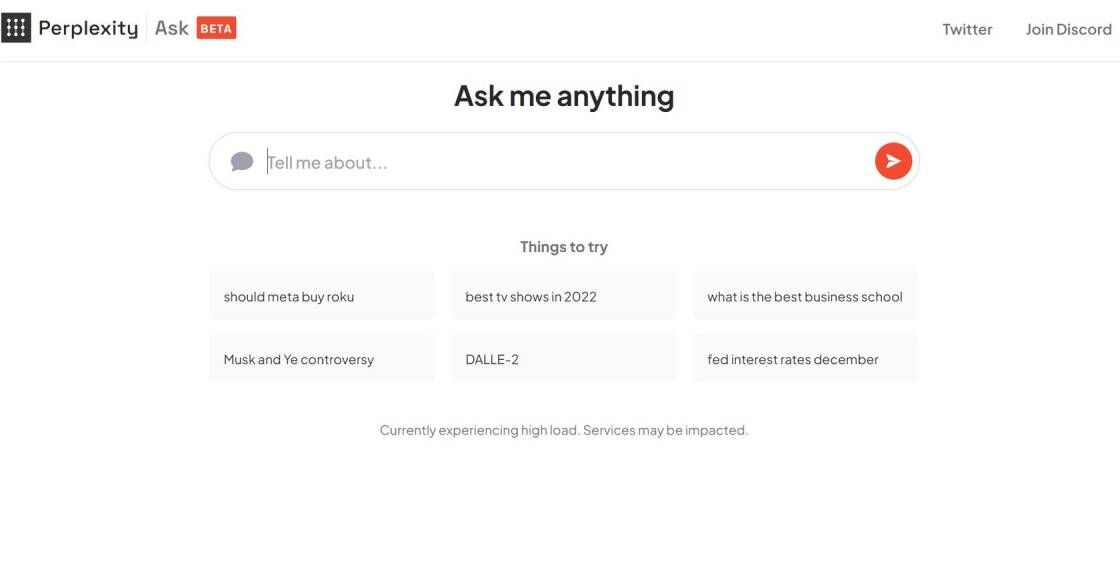
Perplexity AI
Building Smarter AI
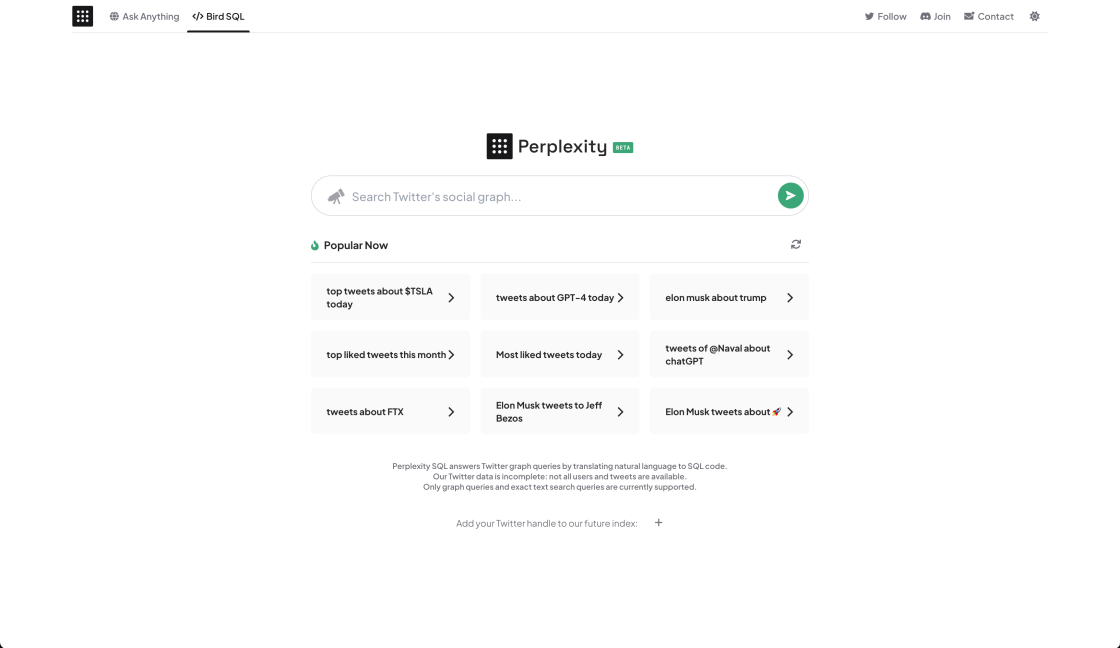
Perplexity AI: Bird SQL
A Twitter search interface that is powered by Perplexity’s structured search engine
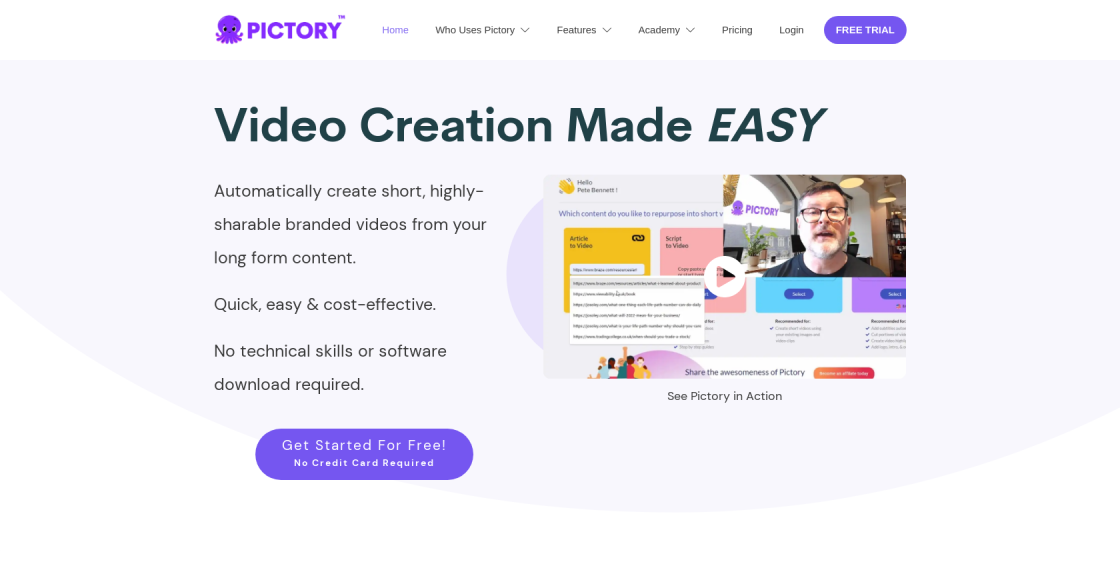
Pictory
AI-Generated Storytelling
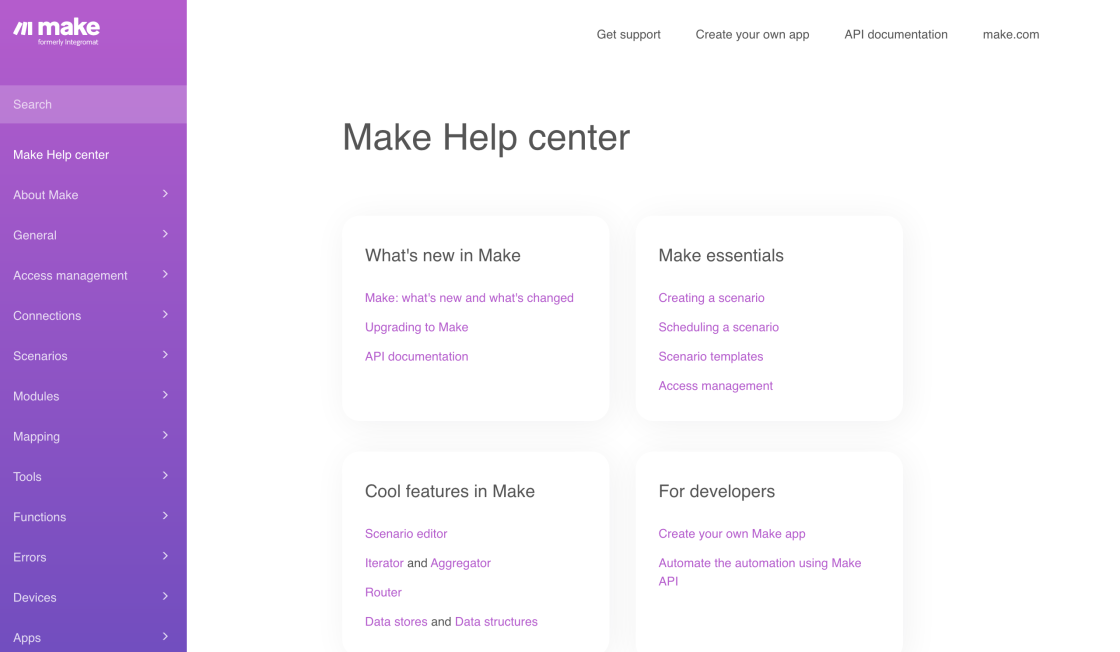
Make (fomerly Known As Integromat)
Automation Platform
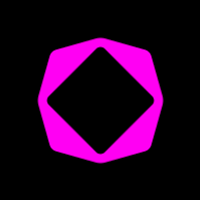
Tome AI
Tome - The AI-powered storytelling format

ChatGPT Pro
ChatGPT Plus Access | OpenAI Help Center
Mask-RCNN is a cutting-edge deep learning algorithm that has revolutionized the field of computer vision by offering exceptional performance in object detection and segmentation. Developed by Facebook AI Research (FAIR), Mask-RCNN combines the strengths of two different neural network architectures, region-based convolutional neural networks (R-CNN) and fully convolutional networks (FCN), to achieve remarkable accuracy in identifying and localizing objects in an image. In contrast to traditional object detection models, which can only detect objects within a bounding box, Mask-RCNN takes it a step further by providing pixel-level segmentation of the object. This means that the algorithm can not only identify the object but also accurately draw a boundary around it. With its outstanding ability to recognize multiple classes of objects in real-time, Mask-RCNN has become a go-to choice for many applications, including autonomous driving, medical imaging, and video surveillance. In this article, we will delve deeper into the workings of Mask-RCNN, its architecture, and how it achieves such impressive results in object detection and segmentation.
Mask-RCNN is a deep learning algorithm used for object detection and segmentation, which was introduced in 2017 by Facebook AI Research.
The primary purpose of Mask-RCNN is to detect and segment objects in images with high accuracy and precision.
Mask-RCNN uses a combination of convolutional neural networks (CNNs) and region-based convolutional neural networks (R-CNNs) to detect and segment objects in images.
Some of the benefits of using Mask-RCNN include high accuracy, precise segmentation, and the ability to handle complex images with multiple objects.
Mask-RCNN is commonly used in applications such as autonomous driving, medical imaging, and robotics, where accurate object detection and segmentation are crucial.
Mask-RCNN can handle a wide range of images, including complex images with multiple objects, occlusions, and varying lighting conditions.
The training time for Mask-RCNN depends on factors such as the size and complexity of the dataset, but it typically takes several hours to several days.
Some limitations of Mask-RCNN include the need for large amounts of training data, the potential for overfitting, and the computational resources required for training.
Yes, Mask-RCNN can be adapted for real-time applications by optimizing the network architecture and using techniques such as pruning and quantization.
Yes, Mask-RCNN is an open-source project, and the code is available on GitHub for anyone to use and modify.
| Algorithm Name | Company/Author | Object Detection Accuracy (%) | Segmentation Accuracy (%) | Year |
|---|---|---|---|---|
| YOLOv5 | Ultralytics | 91.6 | 85.4 | 2020 |
| EfficientDet | Google Research | 90.0 | 83.8 | 2019 |
| Cascade R-CNN | Tencent AI Lab | 93.8 | 87.5 | 2018 |
| RetinaNet | Facebook AI Research | 88.5 | 80.3 | 2017 |
Mask-RCNN is a cutting-edge deep learning algorithm that is widely used for image segmentation and object detection. It is a state-of-the-art technique that has been extensively researched and developed in recent years. It is a powerful tool that can be used to achieve remarkable results in the field of computer vision.
Here are some things you should know about Mask-RCNN:
1. What is Mask-RCNN?
Mask-RCNN is a neural network architecture that combines the concepts of region-based convolutional neural networks (R-CNNs) and fully convolutional networks (FCNs). It was developed by a team of researchers at Facebook AI Research in 2017. The algorithm is designed to perform both object detection and segmentation simultaneously.
2. How does Mask-RCNN work?
Mask-RCNN works by dividing an input image into multiple regions of interest (ROIs) and then performing object detection and segmentation on each ROI individually. The algorithm uses a feature pyramid network (FPN) to extract features at different scales, which helps it to detect objects of different sizes. It also uses a region proposal network (RPN) to generate ROIs, which reduces the number of regions that need to be processed.
3. Why is Mask-RCNN important?
Mask-RCNN is an important breakthrough in the field of computer vision because it can accurately detect and segment objects in complex scenes. This makes it useful for a wide range of applications, including autonomous driving, robotics, and medical imaging. It is also a key component in many state-of-the-art image processing systems, such as Google's DeepLab.
4. What are the advantages of Mask-RCNN?
One of the main advantages of Mask-RCNN is its ability to perform both object detection and segmentation in a single pass. This makes it faster and more efficient than previous methods, which required separate models for each task. It is also highly accurate, achieving state-of-the-art results on several benchmark datasets.
5. How can I use Mask-RCNN?
Mask-RCNN is available as an open-source implementation in several deep learning frameworks, including TensorFlow and PyTorch. There are also pre-trained models available that can be used for a variety of tasks, such as detecting and segmenting common objects like people, cars, and animals. To use Mask-RCNN effectively, you will need to have a good understanding of deep learning and computer vision principles.
TOP